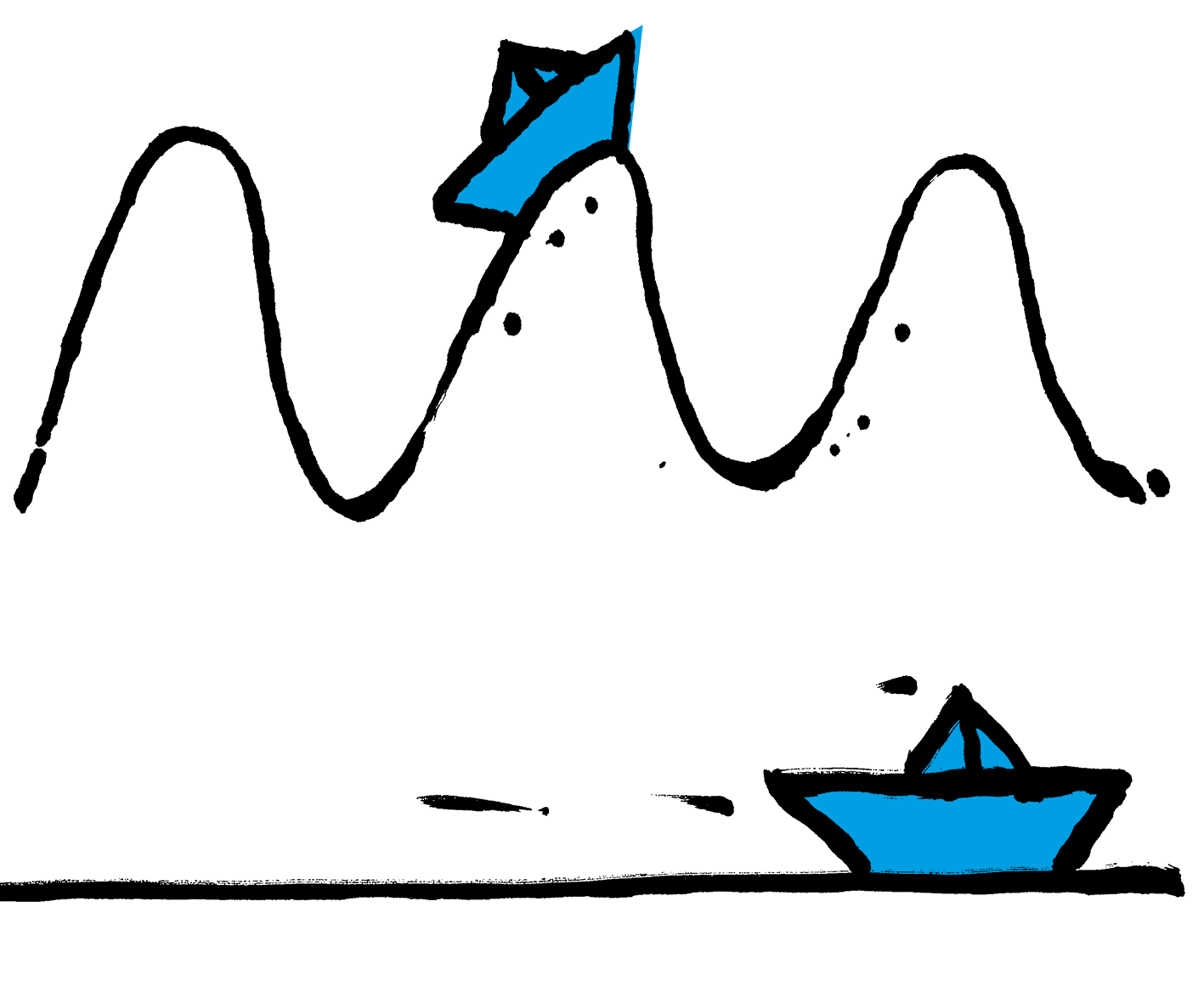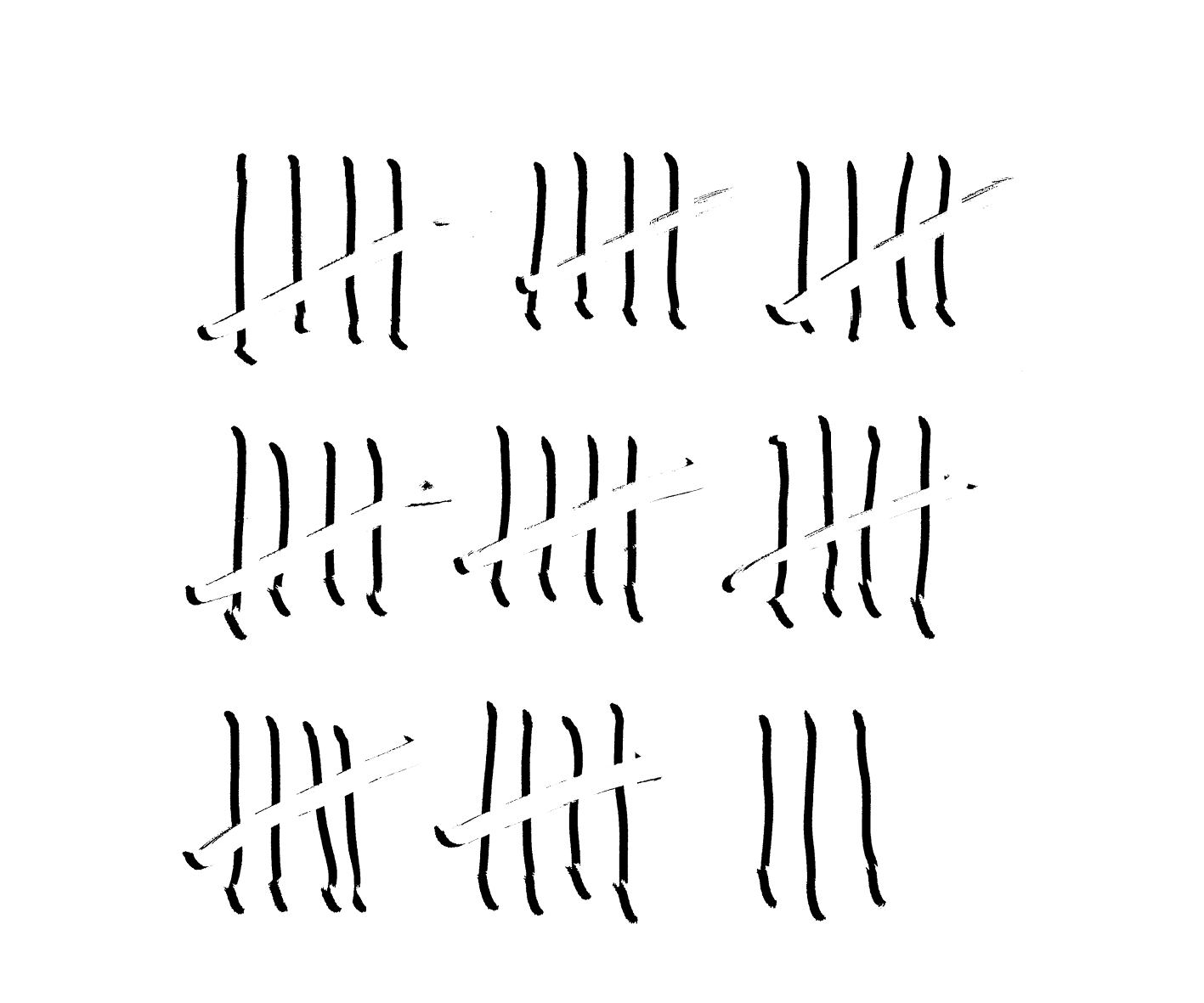Photovoltaic Monitoring without Hardware
Are purely web-based monitoring solutions always up to date?
Purely web-based monitoring solutions are not possible without data coming from data loggers.
It’s therefore not possible for purely web-based monitoring solutions to be brought up to date quickly.
Advantages of all-in-one solutions (monitoring and hardware from a single source). They can respond faster and more efficiently to the market. Manufacturers can be implemented and monitored more quickly in a joint hardware and software (web) solution.
In this respect, purely web-based solutions can only bring disadvantages. They are dependent on third-party providers and their implemented manufacturers. They cannot develop themselves and are therefore very limited in their creativity. They can merely react, but cannot act, i.e. become proactive.


Can purely web-based monitoring solutions cover everything?
Since pure monitoring is almost only an accessory nowadays, web-based solutions have many serious disadvantages. Among other things, they don’t have the necessary hardware to offer energy management, grid control and direct marketing. However, this is a basic requirement for most systems today. Purely web-based solutions are therefore dependent on third-party providers. Here, the advantages of all-in-one solutions are obvious. All-in-one solutions enable energy management to be offered via the various interfaces (such as Modbus / Ethernet / RS485, etc.), as well as grid control, direct marketing and monitoring of the system itself. Controllers from all-in-one manufacturers therefore offer users better all-in-one packages and the ability to monitor their respective systems.
Can purely web-based monitoring solutions communicate data with the grid operator or direct marketer?
No, purely web-based solutions cannot provide this feature. Customers would have to contact another agency to achieve this which involves additional service and/or hardware costs.
Grid management depends on flexible data feedback, especially if direct marketing or even feed-in management is to be implemented. This can only be achieved, however, by combining hardware and software which rules out using a purely web-based solution. This is because only the perfect interaction of both parts makes it possible to respond efficiently and flexibly to grid management requirements and, consequently, to the additional data feedback required by grid operators.


Is troubleshooting really easier with purely web-based monitoring solutions?
As a large number of manufacturers are involved here, resulting in a considerable number of possible interfaces, troubleshooting is much more difficult, especially if the data error is of a complex nature, since it is not clear to users who is ultimately responsible for this.
With all-in-one solutions, on the other hand, this is much easier. Should troubleshooting be needed, you can draw on expertise in both the software and hardware areas. Only one contact person therefore needs to be contacted.
Am I really more flexible with a purely web-based solution?
You cannot really assume this, as web-based solutions often have very long minimum contract terms. Sometimes up to 5 years.
However, since market requirements can change very quickly, customers need to be able to work with contractual partners who guarantee flexible contract terms.


Are purely web-based solutions really cheaper?
This may superficially seem true. However, on closer inspection it becomes clear that appearances can be deceiving. Purely web-based solutions just don’t compare with all-in-one solutions. With all-in-one solutions, monitoring, on which the purely web-based solution relies, is only one facet of the overall package. In addition, purely web-based solutions require a much longer runtime, otherwise the lower price cannot be maintained.
Most all-in-one solutions offer a flexible price structure that users can adjust in their favour, for example through the number of existing systems or in relation to the volume. In addition, they are not bound to long contract terms.
If I choose an all-in-one monitoring solution, am I “trapped” in the system?
No. Customers are not automatically obliged to use only one all-in-one monitoring solution. This is because all-in-one monitoring solutions normally offer multiple options for data transmission, so customers have different options for communicating with other systems.
Some of these options offered by all-in-one monitoring solutions could be:
- Communication with direct marketers via Modbus TCP
- Transmission to third-party systems via FTP/FTPS
- API data transfer from the web portal to other systems
- Communication with grid operators via Modbus


Am I unable to integrate third party systems with an all-in-one monitoring solution?
Of course you can integrate third-party systems with an all-in-one monitoring solution. Many all-in-one monitoring solutions offer various interfaces that can be used to import and export data quickly and easily.
Can I be sure that I will always be supported with a purely web-based monitoring system?
This is a matter of conjecture since the solution here comes from two different partners who have nothing to do with each other. They might go their separate ways at very short notice, without taking customers into account.
All-in-one monitoring solutions ensure backward compatibility and support the devices in the field. Changes in the portfolio are announced well in advance and alternative solutions are shown should there be problems with existing systems.

Does a purely web-based monitoring solution provide me with everything I need for my work?
No. Since it’s difficult to work properly if the solution…
- often lacks important detailed data and/or these are not available for these systems.
- is not compatible with other important components, e.g. heat pumps, battery storage units, charging stations, etc.
- does not have a mobile data connection (app).
- cannot respond flexibly to market requirements.
- is dependent on third-party suppliers and their implemented manufacturers.
- does not offer various options for communicating with other systems.
- has no professionally qualified contact persons.